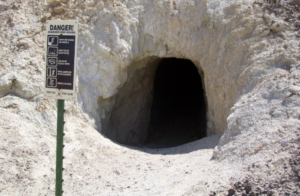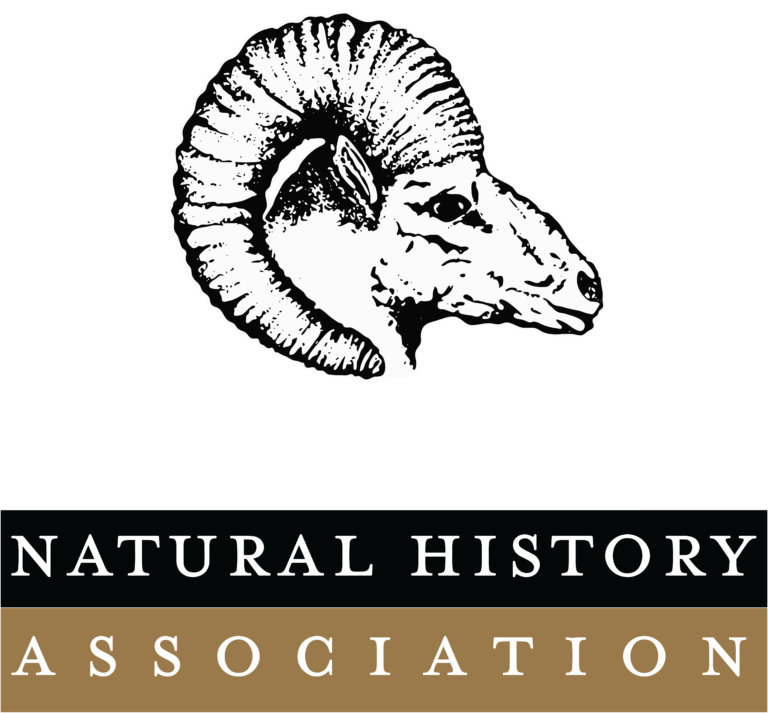
WARNING: Mines are dangerous! For your safety, stay out of mines and do not touch tailings piles. Mines in the park are unstable and may collapse. Not all shafts are closed. Dangerous chemicals and toxic metals can be present in mines and tailings at high concentrations. Do not climb on mining structures.
Mining History
Since the 1848 discovery of gold in California, Death Valley has experienced over 130 years of boom and bust mining. From the 1880s to early 1900s mining was limited and sporadic in the Death Valley region. Many of these early mining districts met with a notable lack of success. Primitive and inefficient technology, scarcity of water and fuel, and the difficulties of transportation made it economically impossible to mine any but the highest grade ores.
One of the earliest successful mining operations was the Harmony Borax Works, which was active from 1883 to 1888. This mill was famous not for its ore deposits, but for the Twenty Mule Team wagons used to transport the partially refined borax. A very memorable advertising campaign used the wagons’ image to promote the company’s Boraxo soap and the Death Valley Days radio and television programs.
With renewed interest in gold and silver mining, the early 1900s witnessed new mines. Skidoo, Rhyolite, and Keane Wonder became large-scale operations.
The boom towns which sprang up around these mines flourished during the first decade of the 20th century but soon slowed down after the panic of 1907. Besides searching for gold and silver, prospectors scoured the mountains for antimony, copper, lead, zinc, and tungsten. Prosperous large-scale metal mining in Death Valley ended around 1915.
In February 1933 President Herbert Hoover signed the proclamation creating Death Valley National Monument. This resulted in a temporary closing of monument lands to prospecting and the filing of new mining claims. By prior agreement, the monument was quickly reopened to prospecting and mining by Congressional action in June of the same year.

As improvements in mining technology allowed lower grades of ore to be processed and new heavy equipment allowed greater amounts of rock to be moved, mining in Death Valley changed. Gone were the days of the “single-blanket, jackass prospector” long associated with the romantic west. Open-pit and strip mines began to scar the landscape as internationally-owned mining corporations bought claims in highly visible locations of the national monument. The public outcry that ensued led to greater protection for all national park areas.
Congress passed the Mining in the Parks Act in 1976 which closed Death Valley National Monument to the filing of new mining claims, banned open-pit mining and required the National Park Service to examine the validity of thousands of pre-1976 mining claims. Mining was allowed to resume on a limited basis in 1980 with stricter environmental standards. Mine operators are required to get approval of a Plan of Operations which should mitigate damage to the environment. Death Valley National Park was established in 1994, enlarging the park by 1.3 million acres. The park also assumed jurisdiction over hundreds of additional unpatented mining claims.
For over a decade the Billie Mine, an underground borax mine along the road to Dante’s View, was the only active mine in the park. In 2005 when the Billie Mine closed, the last of Death Valley’s mines had ceased operations.
The park’s Resources Management Division continues to review the status of 38 unpatented mining claims and 19 patented claim groups while ensuring that federal guidelines are followed and the park’s resources are being protected.
